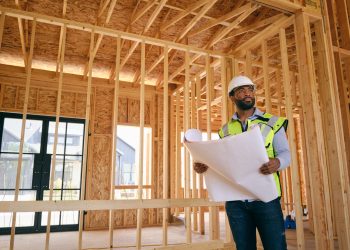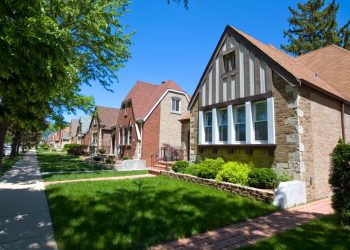Over the past seven years, the seasonally adjusted homeownership rate has either increased or remained stable, buoyed by advances in the Latinx community and by young adults in general. According to a report by Zillow, Latinxs are purchasing property at higher rates than the general American population.
“In the face of a seemingly insurmountable disparity, the good news is that the Latinx homeownership rate is climbing and, as a group, they want to own homes,” said Skylar Olsen, Zillow’s director of Economic Research, in a statement. “If that trend is supported, it will help build up the Latinx middle class and create a strong driver for the whole economy. Regardless of race or ethnicity, a growing diversity of housing options is essential for the wealth-building and health of all communities.”
According to Freddie Mac, of all U.S. homeownership gains, Hispanics account for 62.7 percent, with about 485,000 new households formed in 2018. While there has been progress, helping to close the gap between Hispanic and white homeownership, there’s still a rift.
What are the challenges? According to Freddie Mac, there are three major ones: insufficient credit scores; the inability to afford a down payment; and insufficient income for monthly payments.
Affordability, in general, is the primary obstacle. The income gap is wide, as the typical Latinx household only earns 75.7 percent of what average U.S. white households earn, according to the report by Zillow. In terms of overall wealth, Latinx households typically hold only 12.2 percent of the average white household wealth. This, compounded with racial inequity, creates a major hindrance to homeownership.
The last housing bubble played a major role, too. Compared to white households, Latinx homeowners carry a greater share of their wealth in their property (38.1 percent versus 64.7 percent), according to the report. For many Latinx homeowners, even more of their wealth was tied to their home (73.1 percent) during the Great Recession. Because they had fewer external assets to help soften the blow, many went underwater on their mortgages and lost their homes. A large portion of Latinx homes were foreclosed on (19.4 percent).
Progress, in large part, is tied to young buyers. In the last year, the young adult (under age 35) homeownership rate increased by one percentage point to 35.3 percent. For older adults, the increase was slightly lower, at 0.8. For the oldest Americans, the rate actually fell by 0.2 points for those 55 to 64 years old. Because Hispanics tend to be younger in general compared to other racial and ethnic groups, their steady rise in homeownership is tied to that of the general young adult rate across the U.S.
Even with these strides, the difference between Latinx and white homeownership rates is significant. Currently sitting at about 24.7 percent, the gap could take decades to close, according to Zillow.

“The Latinx community is the youngest segment of our population by far, so it is not surprising that they lag the general population in income and homeownership rates,” says Gary Acosta, co-founder and CEO of the National Association of Hispanic Real Estate Professionals (NAHREP). “While there are substantial barriers to closing the homeownership gap, we expect the Latinx homeownership rate to accelerate as the population becomes better educated, earns higher incomes and ages into prime homebuyer years.”
For more information, please visit www.zillow.com.
 Liz Dominguez is RISMedia’s associate content editor. Email her your real estate news ideas at ldominguez@rismedia.com.
Liz Dominguez is RISMedia’s associate content editor. Email her your real estate news ideas at ldominguez@rismedia.com.











